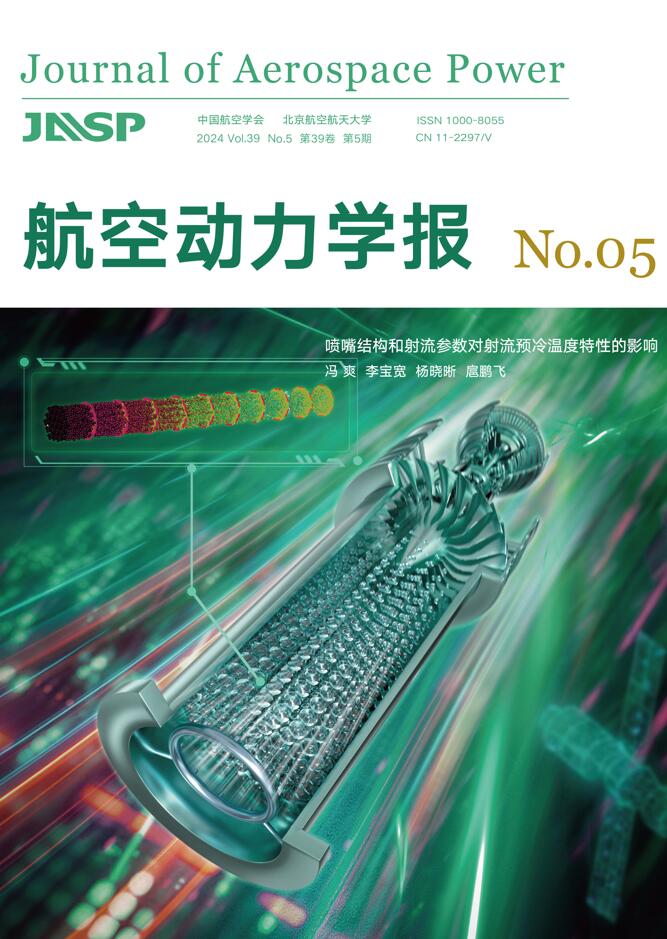The three-dimensional flow field of an aeroengine flow pipe measured by area-integrated method was numerically simulated, and the effects of radial distribution, axial position, rake size, total pressure rake, total temperature rake and static pressure measurement position on the flow measurement by area-integrated method were analyzed under different Reynolds numbers. The results showed that, with the area-integrated method of high precision measurement flow, the measurement layout can completely and accurately reflect the flow field information on the whole measurement section, especially in the boundary layer of the flow pipe ring wall, and the measurement points should be arranged as much as possible. Too many measuring points may result in excessive number and oversize of measuring harrows, causing great interference to the flow field in the flow tube and reducing the flow measurement accuracy. On the basis of the equal torus measuring point layout scheme, the flow measurement error was not be changed if the measuring points in the main flow area were reduced appropriately, thus shortening the size of the measuring harrow, reducing the clogging ratio of the measuring harrow and the aerodynamic force of the measuring harrow, and significantly saving the test cost. However, it is necessary to check the applicability of the equal torus truncation scheme and the axial measurement section position in the whole working range of the flow pipe. The closer the measuring section to the rake body indicated the greater the relative error of flow measurement. The length and height of rake had little influence on the relative error of the flow measurement, but the width of the rake had great influence on the relative error of the flow measurement. In order to reduce the clogging ratio of the measuring rake of flow pipe, it is recommended that the total pressure rake should be arranged in the upstream of total temperature rake, and the measuring section of static pressure and total pressure should be arranged in the same axial position. The radial layout and number of total temperature or total pressure measuring points, the axial position of total temperature rake or total pressure rake and static pressure measuring section directly affected the error of measuring flow by area-integrated method. Special attention should be paid to the test layout of each rake when flow testing scheme was made.







